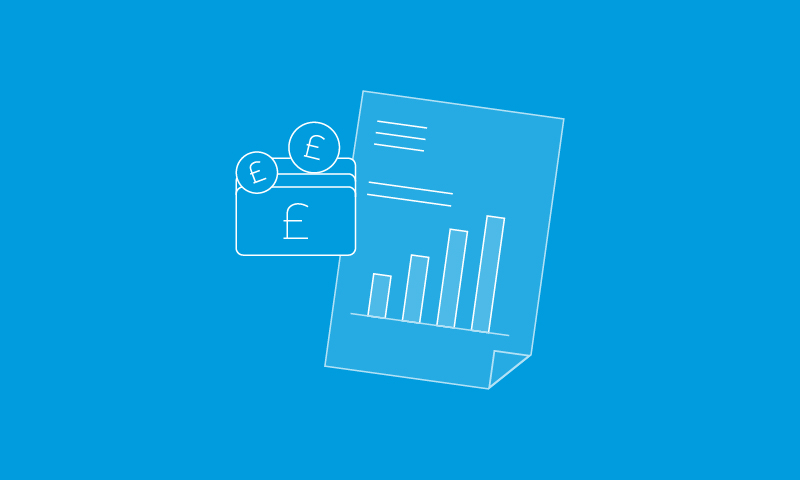The Bank of England and the Treasury are currently exploring whether they should create their own form of state-backed digital currency, badged by the Chancellor as ‘Britcoin’ in a tweet in April 2021. This is not exactly a cryptocurrency, instead it’s a central bank digital Currency (CBDC). It wouldn’t constitute a new currency but would instead be a digital version of sterling. In theory, it could accelerate a change to individuals paying for goods and services using digital ‘banknotes’ rather than cash, debit and credit cards.
However, the idea is not without its critics, principal amongst them being the House of Lords who recently published a report, “Central bank digital currencies: a solution in search of a problem?”. As the title suggests, the crux of their concerns is that the creation of a Britcoin does not immediately appear to solve any significant problem and carries risks of its own, such as cyber security attacks from malicious hackers. That’s not an unreasonable concern with statistics highlighting that around 65 per cent of medium and large UK businesses suffered cyber security breaches or attacks in the year to March 2021.
Despite the challenges, it’s sensible for the Bank of England and Treasury to continue exploring the possibility of a Britcoin. If they do not, the UK risks being overtaken by other major nations. As it stands, there are nine countries in the world that have launched their own CBDC, primarily Nigeria and countries in the Caribbean. A further 14 countries are piloting their own CBDCs, including China and Sweden. Perhaps the bigger threat that the Chancellor is concerned about is a competitor to Britcoin being developed by a large tech corporation, with the Chancellor querying at the Economic Affairs Committee in November 2021, “what do we think about a global stablecoin that we are not in control of? What does that mean? How should we regulate that?”.
That reflects the reality that the current alternatives to CBDCs are stablecoins. These are coins tied to a more traditional currency such as the dollar and managed by corporations. Currently, the two most prominent stablecoins in the cryptocurrency market are Tether and USD Coin. Both stablecoins have been subject to some controversy over the last year, with concerns over how the value of each coin is backed and in turn, whether these stablecoins are in fact stable. In February 2021, New York Attorney General Letitia James stated that, “Tether’s claims that its virtual currency was fully backed by US dollars at all times was a lie”.
The risk here from a tax perspective, and a point which appears to have been overlooked in the House of Lords’ considerations, is that crypto investors and traders require a safe harbour in which to account for their taxes. As it stands, banks are understandably concerned about accepting large deposits from cryptocurrency exchanges and have taken steps to prevent their customers from transferring their funds to cryptocurrency platforms. It is therefore a challenge for individuals to set appropriate funds aside in a low-risk environment to meet their tax obligations and convert them into sterling. These taxpayers often have to rely on stablecoin deposits, at least in the short-term, while accepting the potential risk associated with them.
Worse, perhaps, the perceived barriers put in front of crypto investors could be encouraging tax avoidance and evasion. It is difficult to estimate the level of UK tax revenues at stake, but the US authorities believe they may raise an additional $2.8 billion a year from new legislation being introduced to counter tax avoidance.
A Britcoin could make it immeasurably easier for UK taxpayers to meet their payment obligations and, in the longer term, could potentially provide more creative routes for HMRC to collect taxes. This might involve following a similar route to capital gains tax on residential property, with certain disposals having to report and pay tax sooner, or a transaction tax like stamp duty.









